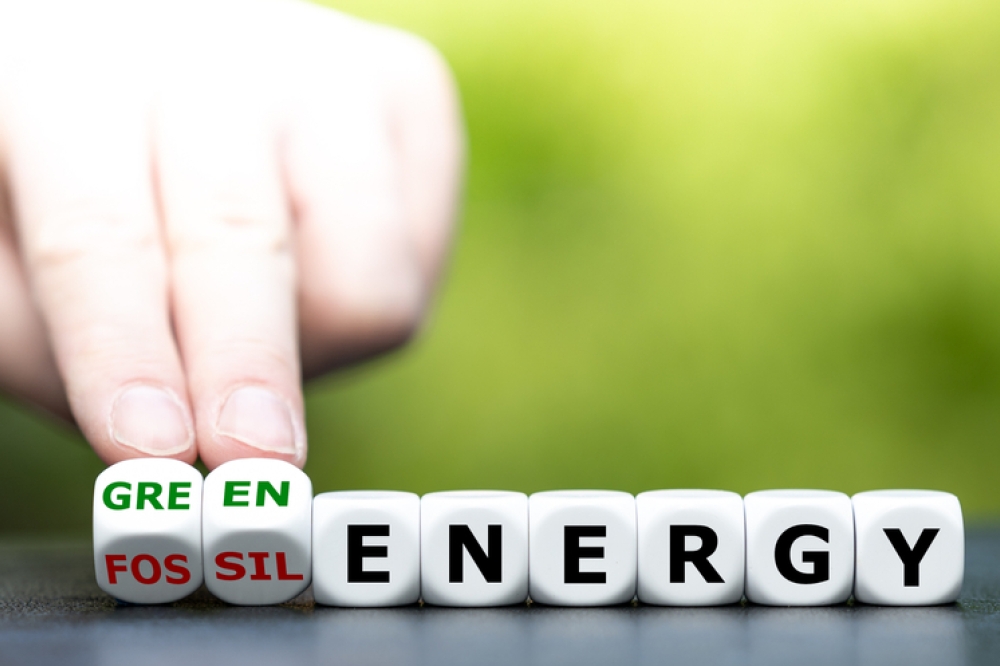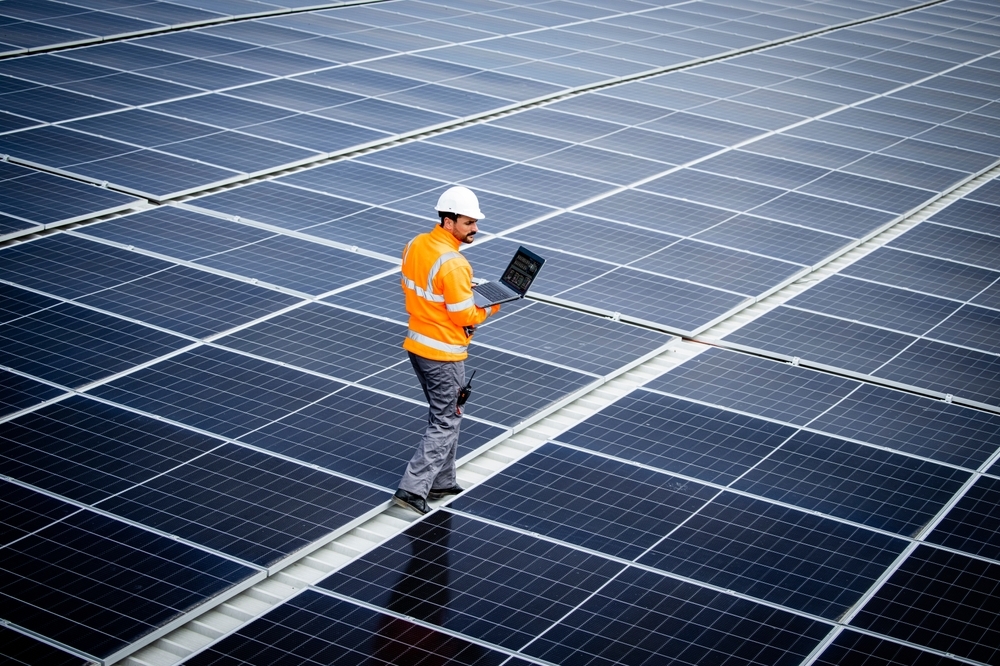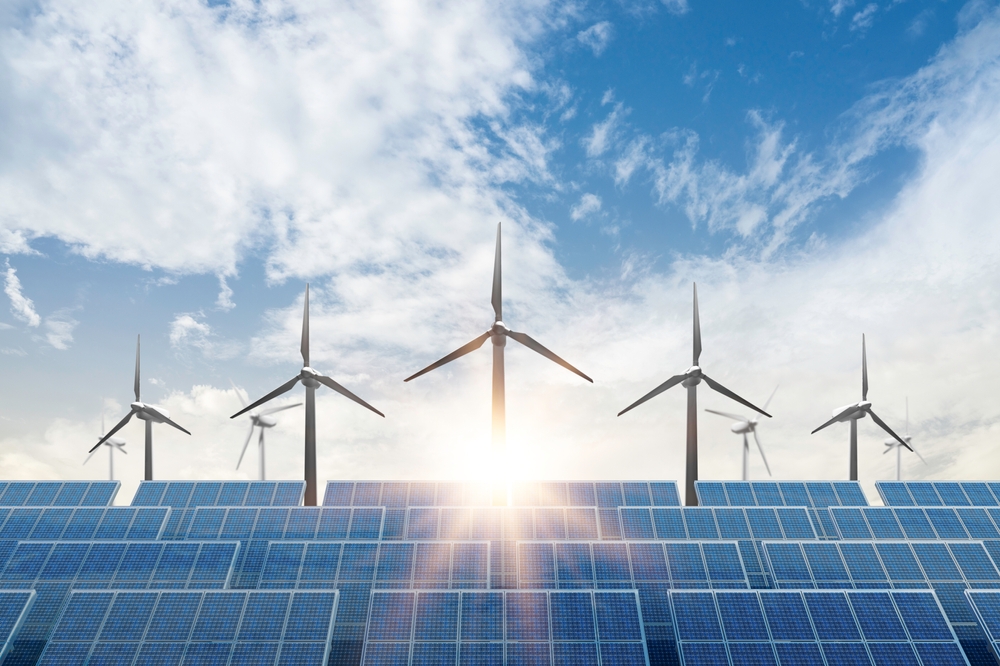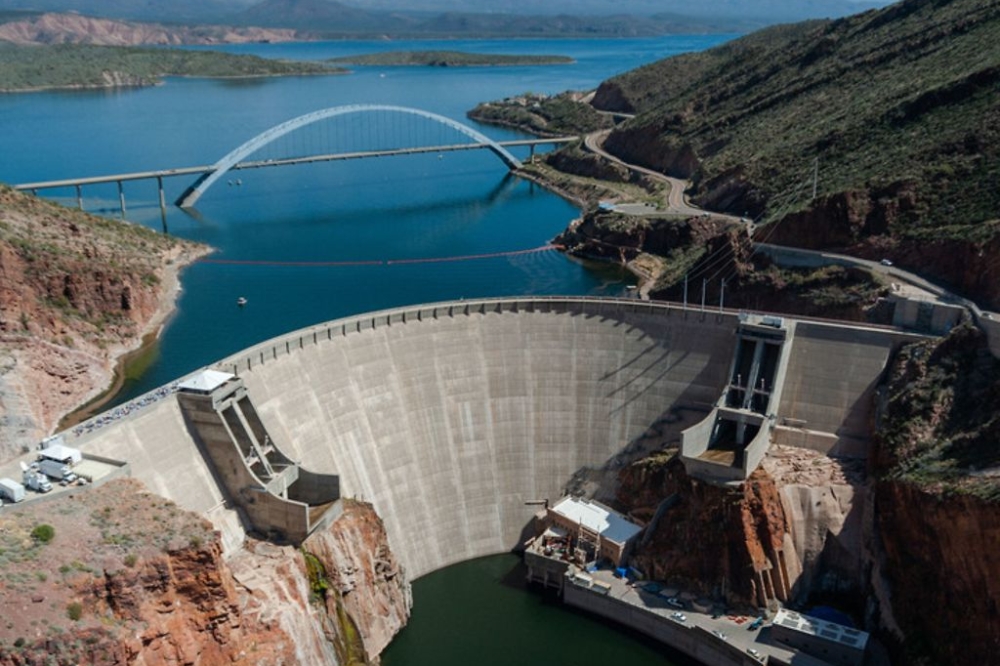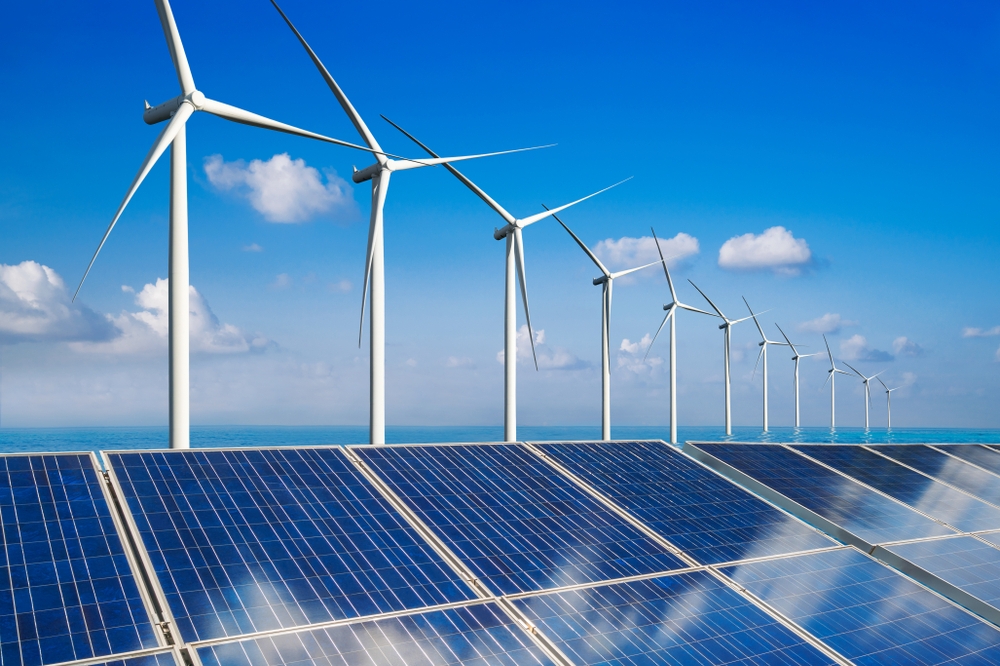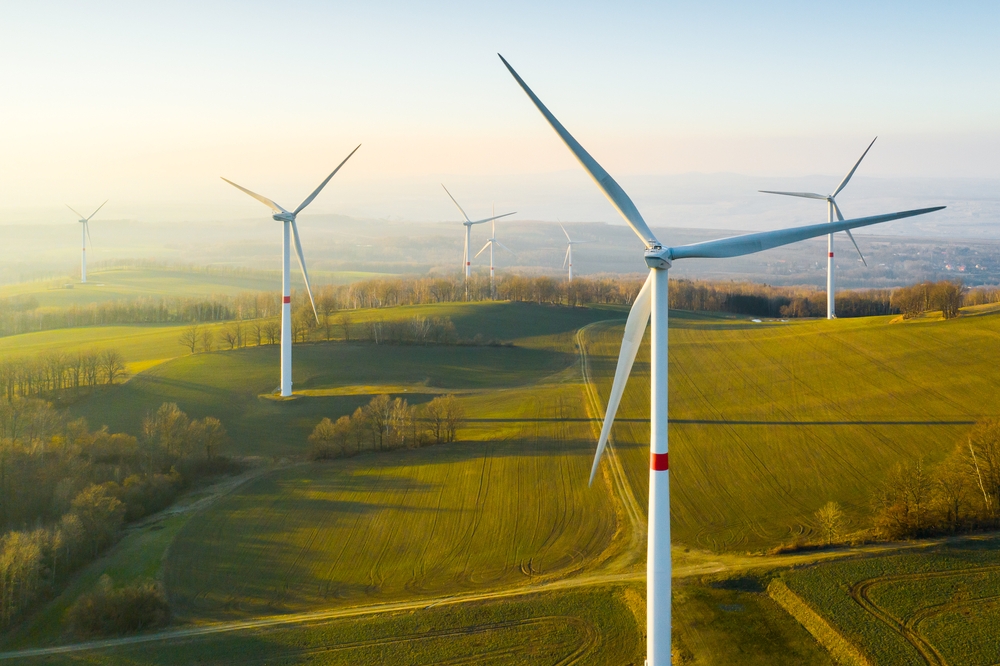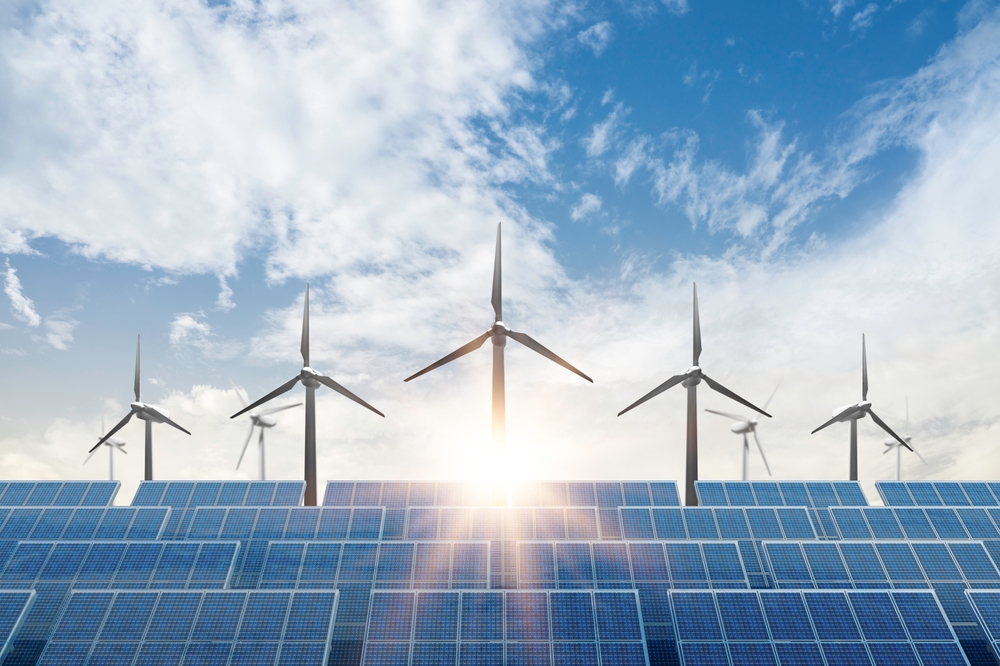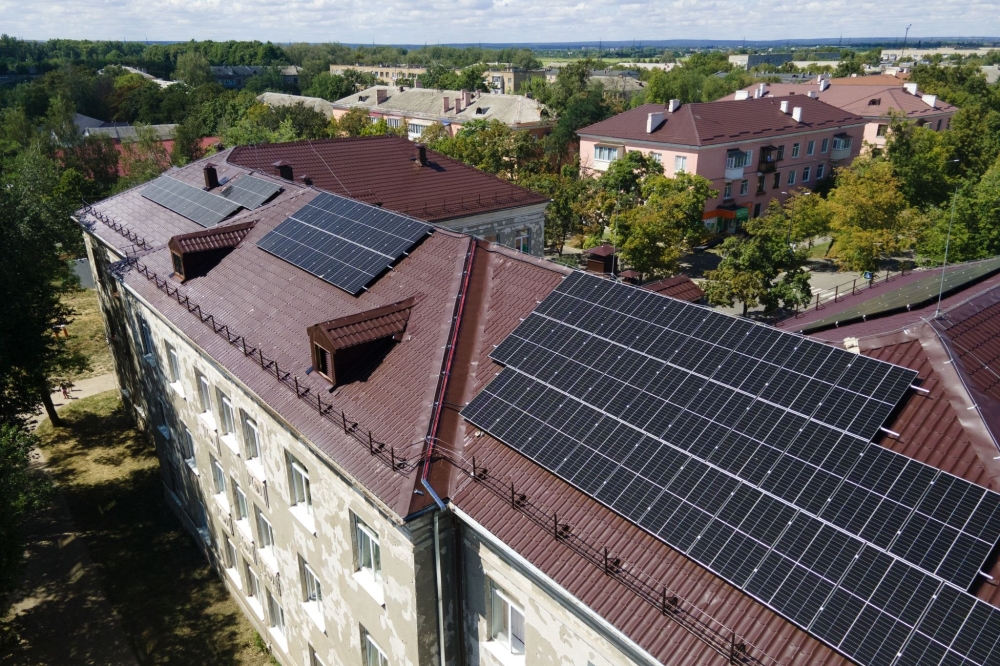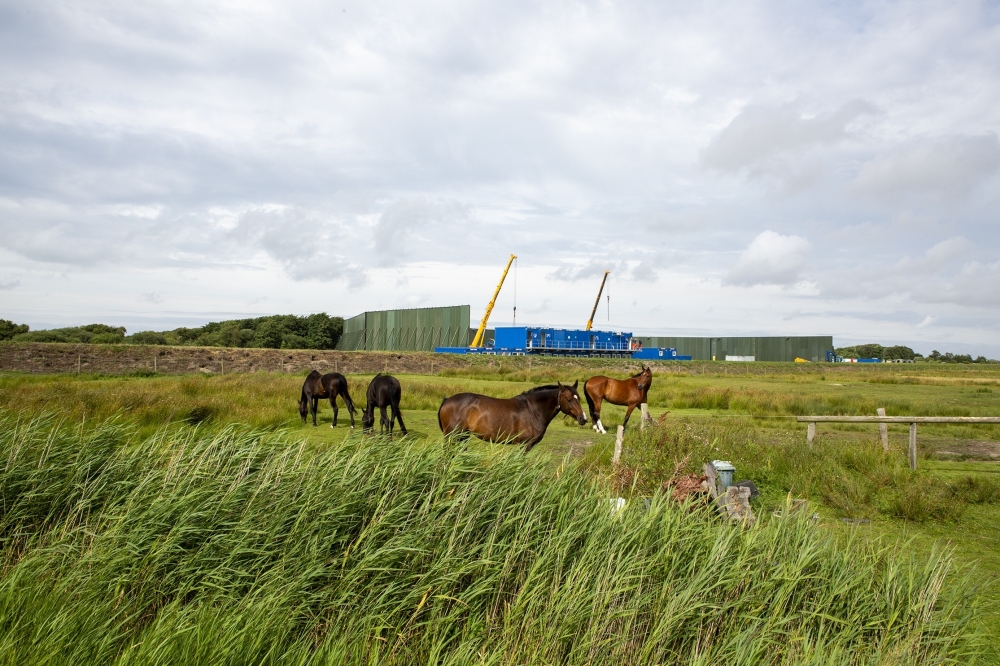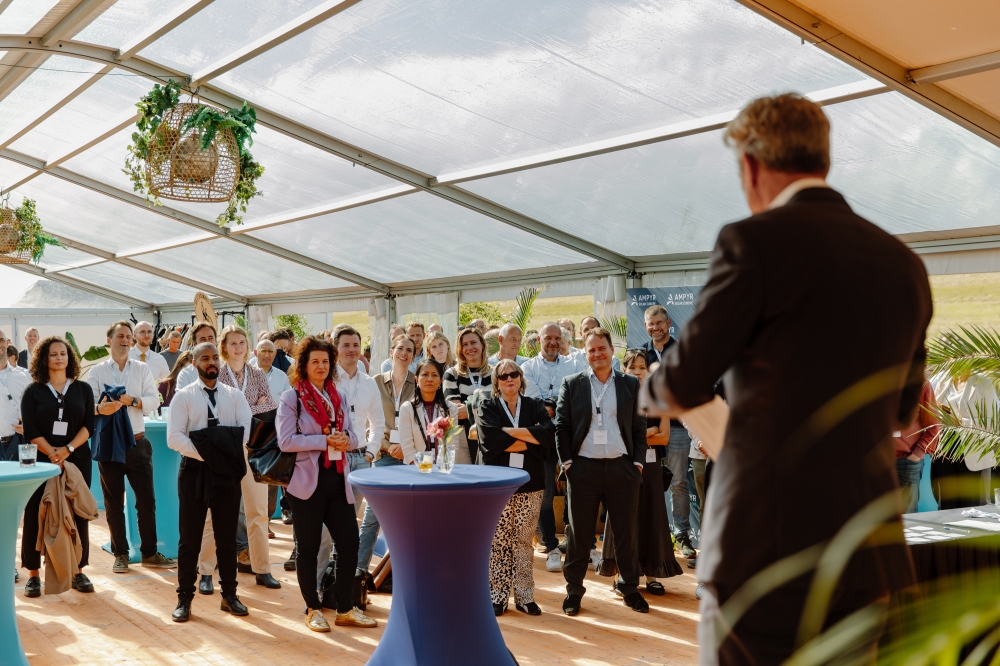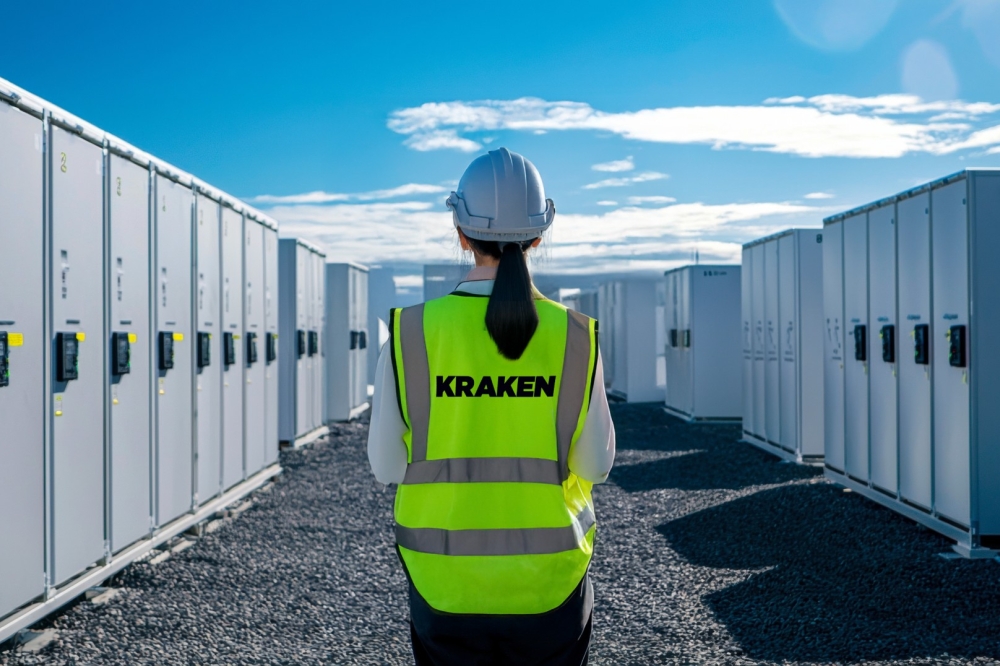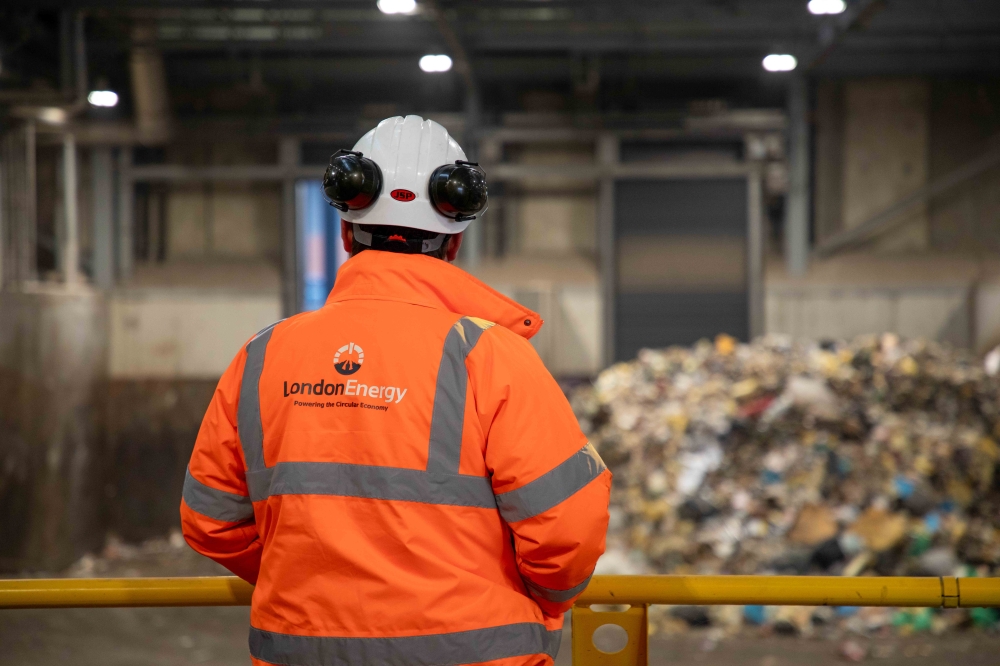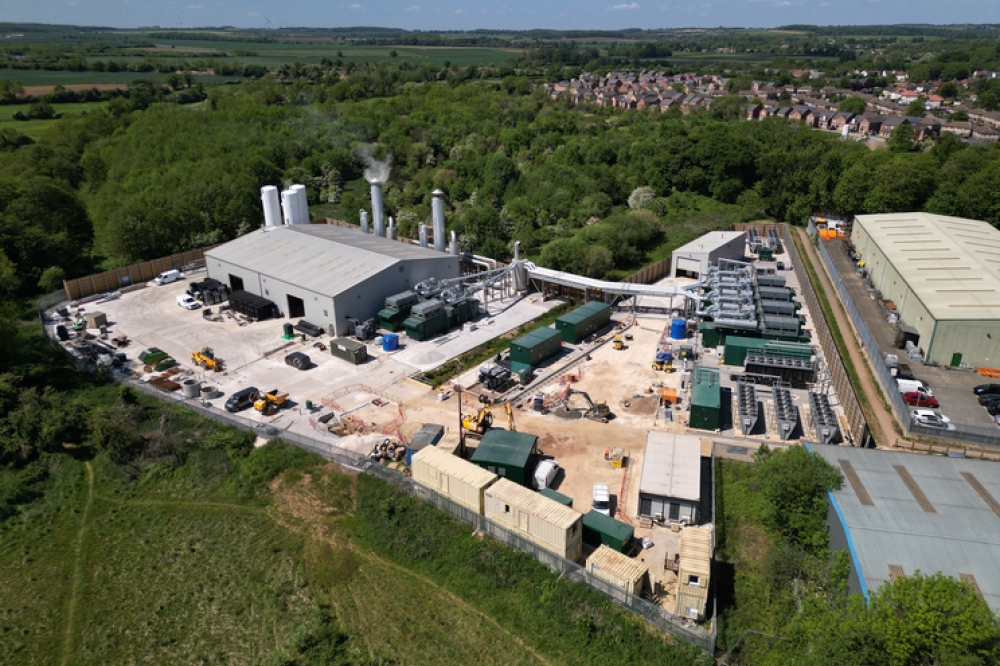Switzerland renewable power generation to reach 31.4TWh in 2035, forecasts GlobalData
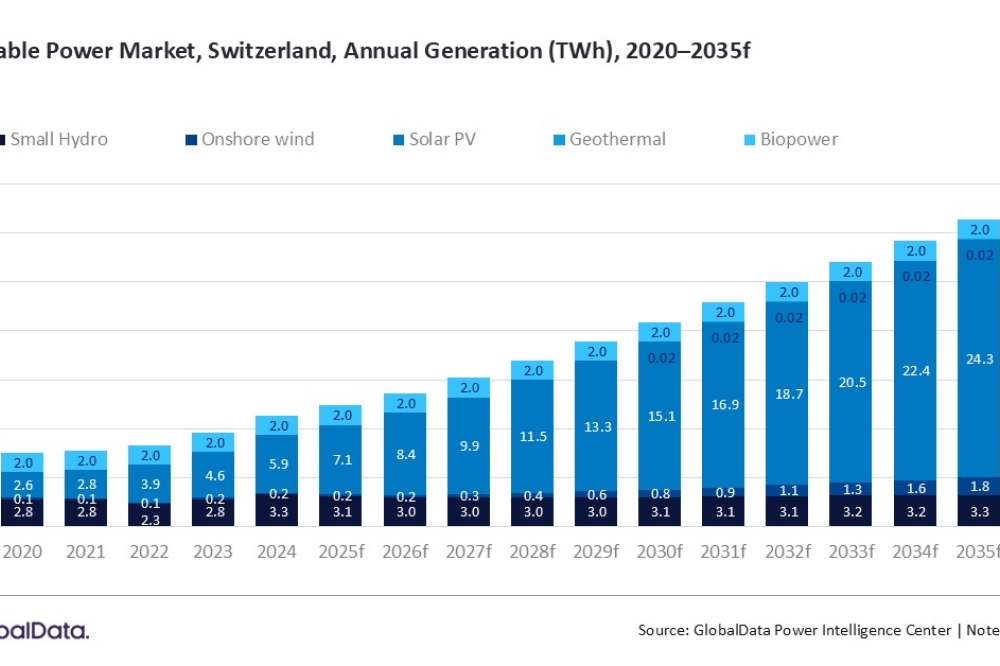
Nuclear power is planned to be phased out gradually, while large hydropower and pumped storage remains the backbone of the electricity mix, accounting for more than half of total generation. Against this backdrop, Switzerland’s renewable power generation is forecast to reach 31.4TWh in 2035, up from 11.4TWh in 2024, registering a compound annual growth rate (CAGR) of 9.7% during 2024–35, according to GlobalData, a leading data and analytics company.
GlobalData’s report, “Switzerland Power Market Trends and Analysis by Capacity, Generation, Transmission, Distribution, Regulations, Key Players and Forecast to 2035,” reveals that large hydropower and pumped storage will continue to dominate the generation, while solar PV will emerge as the fastest-growing segment. Solar capacity is projected to rise from 8.2GW in 2024 to 32.1GW by 2035, supported by mandatory rooftop PV installation requirements, alpine solar initiatives, and subsidy schemes such as the Solar Express Program.
Mohammed Ziauddin, Power Analyst at GlobalData, comments: “Switzerland’s energy system is uniquely shaped by seasonal challenges. While hydropower and solar dominate in summer, supply security in winter is supported through pumped storage, imports, and new incentives for alpine solar generation. Federal measures, including the revised Electricity Act 2025 and the Federal Act on a Secure Electricity Supply with Renewable Energies, are providing strong policy backing for renewables.”
Switzerland’s nuclear phase-out, mandated by the Energy Strategy 2050, is gradually reducing baseload capacity, with all new nuclear projects banned since 2018. However, the government continues to debate the long-term role of nuclear amid security-of-supply concerns. Meanwhile, green hydrogen and Power-to-X projects are being explored to enhance seasonal storage and diversify supply.
Going forward, Switzerland is expected to face challenges from grid congestion, winter supply gaps, and limited land availability for utility-scale renewables. At the same time, opportunities are growing in cross-border electricity trading, alpine solar, and green hydrogen development.
Zia concludes: “Switzerland’s reliance on hydropower, combined with ambitious solar deployment and storage initiatives, provides a strong foundation for its clean energy transition. With targeted policies and growing investment in solar, hydrogen, and interconnections, the country is well positioned to balance seasonal challenges and achieve its net-zero target by 2050.”


